Your One-Stop Shop for Everyday Essentials & Unique Finds
Decoding Winter Wear: What Material to Wear in Winter for Ultimate Warmth
Winter is coming, and with it, the age-old question: what material to wear in winter for ultimate warmth? It's more than just throwing on a bulky sweater; it's about understanding the science behind fabrics and how they keep you toasty. Whether you're braving the elements for a commute or just want to be extra cozy on a snowy day, knowing your materials can make all the difference. Let's break down the best fabrics to keep you warm and comfortable when the temperature drops.
Key Takeaways
- Wool is a natural insulator that traps air and moisture, keeping you warm and regulating body temperature. It's also durable and naturally resistant to odors.
- Down and feather fillings offer excellent warmth for their weight, making them ideal for lightweight yet very warm outerwear, but they lose insulating power when wet.
- Synthetic materials like polyester and PrimaLoft are great alternatives, often performing better than down in wet conditions and being more budget-friendly.
- Natural materials like cashmere and silk can provide luxurious warmth, with cashmere being incredibly soft and silk surprisingly effective as a base layer.
- Other materials like leather, corduroy, shearling, and sherpa offer unique warmth and style, making them good additions to a winter wardrobe, especially when layered.
Embracing the Cozy: Understanding Winter Fabrics

Winter is coming, and with it, the desire to snuggle up in something warm and comfortable. But what makes a fabric truly cozy? It all comes down to how it traps heat and feels against your skin. We're going to break down some of the most popular materials that keep us toasty when the temperature drops.
The Magic of Wool: Nature's Warmest Hug
Wool is a classic for a reason. It's a natural fiber that comes from sheep, and it's amazing at keeping you warm. Even when it gets wet, wool can still insulate, which is a huge plus. Plus, it's breathable, so you won't feel all sticky and gross if you start to warm up. Think of it as your go-to for everything from sweaters to socks.
Down and Feather: Light as Air, Warm as Can Be
When you think of super warm winter coats, you're probably thinking of down or feathers. These come from birds and are incredibly light, but they trap a lot of air, which is what keeps you so warm. The fluffier the down, the warmer you'll be. It's perfect for those really cold days when you need maximum warmth without feeling weighed down.
Fleece and Synthetics: Performance Meets Comfort
Fleece is a man-made material that feels super soft and fuzzy. It's great at trapping heat and dries pretty quickly, making it a popular choice for jackets, blankets, and loungewear. Other synthetic fabrics, like polyester, are also designed to keep you warm and are often more durable and easier to care for than natural fibers. They're a fantastic option for active wear because they can wick away moisture and keep you dry. You can find some really great fleece blends that offer both warmth and a nice texture for all sorts of winter clothes.
Natural Wonders for Winter Warmth
When the temperature drops, you might think your wardrobe options get limited, but nature has some amazing materials that are perfect for staying toasty. These natural fibers aren't just about keeping you warm; they often have other cool properties that make them great for winter.
Wool: Your All-Season Insulation Ally
Wool is a real champion when it comes to winter wear. It's made from sheep's wool, and those tiny fibers are experts at trapping air, which is what keeps you so warm. Think of it like a cozy, breathable blanket that works with your body's temperature. Even if it gets a little damp, wool can still keep you warm, which is a huge plus when you're out and about and the weather can't make up its mind.
- Insulating: Traps air for warmth.
- Moisture-wicking: Can absorb a lot of moisture and still feel dry.
- Durable: Strong and elastic, meaning it lasts a long time.
- Odor-resistant: Doesn't need washing as often as other materials.
Cashmere: The Ultimate Luxury Layer
If you're looking for something a bit more special, cashmere is where it's at. It comes from cashmere goats, and it's incredibly soft and lightweight, yet surprisingly warm. It's definitely a splurge, but a good cashmere sweater or scarf feels amazing against your skin and adds a touch of elegance to any outfit. It's not as rugged as regular wool, so it's best for less active days or as a luxurious layer under a heavier coat.
Silk: A Surprisingly Warm Base
Most people think of silk as a light, summery fabric, and it is! But it's also a fantastic material for a base layer in winter. Because it's so smooth and fine, it lies flat against your skin without feeling bulky. Silk is also great at managing moisture, helping to keep you dry and comfortable. It might not be your go-to for extreme cold on its own, but as the first layer under your warmer clothes, it makes a big difference in overall comfort and warmth.
Synthetic Superstars for Staying Toasty
When the temperature drops, don't you just want to feel all snug and warm? Luckily, we've got some amazing synthetic materials that are total game-changers for winter. These fabrics are designed to keep you toasty without weighing you down, and they're super practical too.
Polyester Power: Durability and Warmth
Polyester is like the workhorse of synthetic fabrics. It's tough, it doesn't shrink or stretch much, and it holds onto its warmth really well, even if it gets a little damp. Plus, it dries super fast, which is a big win when you're out and about. Think of it as a reliable friend that's always there to keep you comfortable.
PrimaLoft: The Champion of Wet Weather Warmth
If you're someone who loves to be active outdoors, no matter the weather, PrimaLoft is your new best friend. It's a synthetic insulation that's designed to keep you warm even when it's wet. Unlike down, which can get clumpy and lose its insulating power when wet, PrimaLoft keeps its loft and warmth. It's lightweight and breathable, making it perfect for jackets, gloves, and sleeping bags.
Technical Fabrics for Active Adventures
Beyond the basics, there's a whole world of high-tech synthetic fabrics out there. Brands are constantly innovating to create materials that are not only warm but also offer other benefits like moisture-wicking, odor resistance, and incredible lightness. These fabrics are often found in athletic wear and outdoor gear, designed to keep you comfortable and performing your best, even when you're pushing your limits in the cold.
Here are a few to keep an eye out for:
- 3M Thinsulate: Known for being super thin yet incredibly warm. Great for sleek jackets and gloves.
- Polartec: A popular name in fleece, offering a range of warm, breathable, and durable options.
- Coreloft Insulation: Used in many outdoor brands, this polyester fiber is lightweight and provides excellent warmth.
Synthetic fabrics have come a long way, offering fantastic warmth and performance without the fuss of some natural fibers. They're a smart choice for anyone looking for reliable warmth and durability in their winter gear.
Beyond the Basics: Unique Winter Materials
Sometimes, the most interesting warmth comes from materials that aren't the usual suspects. We're talking about fabrics that bring a little extra something to your winter wardrobe, whether it's a touch of style or unexpected coziness. Let's explore some of these unique options that can really make a difference when the temperature drops.
Leather: Stylish and Surprisingly Warm
Leather might not be the first thing you think of for insulation, but it's got some serious warmth-boosting power. A good leather jacket or even leather pants can block wind like a champ, keeping you much warmer than you'd expect. Plus, it just looks so cool, right? It adds a bit of an edge to any outfit. It's a fantastic material for staying both stylish and protected from the elements.
Corduroy: Textured Comfort for Chilly Days
Ah, corduroy. This fabric just screams cozy. Its ribbed texture isn't just for looks; it actually traps air, creating little pockets of warmth. Think corduroy pants, skirts, or even a jacket. It's comfortable, durable, and has a lovely vintage vibe that's perfect for fall and winter. It’s a great way to add some texture to your winter outfits without sacrificing warmth.
Shearling and Sherpa: Cozy Faux Fur Friends
When you want to feel like you're wrapped in a cloud, shearling and sherpa are your go-to materials. These plush, fuzzy fabrics, often used as linings or trims, are incredibly soft and provide excellent insulation. They're like a warm hug on a cold day. You'll find them in jackets, vests, slippers, and even blankets, bringing a touch of luxurious comfort wherever they appear.
Layering Like a Pro: What Material to Wear in Winter
Layering is your secret weapon for staying warm and stylish all winter long. It's not just about piling on clothes; it's about smart choices that trap heat and keep you comfortable, no matter the temperature outside. Think of it as building your own personal climate control system, using different materials for different jobs.
The Base Layer Advantage: Cotton and Beyond
Your base layer is the first line of defense against the cold. It sits right next to your skin, and its main job is to wick away moisture. This is super important because if you get sweaty, that moisture can make you feel cold really fast. While cotton is a popular choice for everyday wear because it's soft and breathable, it's not the best for serious warmth when you're active. Once cotton gets wet, it stays wet and can actually make you colder. For better performance, look to materials like merino wool or synthetic blends. These fabrics are designed to pull sweat away from your skin, keeping you dry and toasty.
- Merino Wool: Super soft, naturally odor-resistant, and great at temperature regulation. It keeps you warm even when damp.
- Synthetics (Polyester, Polypropylene): Excellent at wicking moisture and dry quickly. They're often more affordable than wool.
- Silk: A luxurious option that's surprisingly warm and smooth against the skin. It's best for milder cold or as a very thin layer.
Mid-Layer Mastery: Wool and Fleece
This is where you really build up the warmth. The mid-layer's job is to insulate, trapping your body heat. This is where classic winter materials shine. Wool, in its various forms like fleece or chunky knits, is fantastic for this. It provides excellent warmth without being too heavy. Fleece, a synthetic material, is another superstar here. It's lightweight, incredibly warm, and dries fast if it gets damp. You can also use down vests or jackets as a mid-layer for serious warmth, especially if you're going to be out in very cold conditions.
Here’s a quick look at how different mid-layers perform:
| Material | Warmth | Moisture Wicking | Breathability | Drying Speed |
|---|---|---|---|---|
| Wool (Fleece, Knit) | High | Good | Moderate | Moderate |
| Fleece (Synthetic) | High | Very Good | Good | Fast |
| Down (Insulated) | Very High | Poor (when wet) | Low | Slow (when wet) |
Outerwear Essentials: Down and Leather
The outer layer is your shield against the elements – wind, rain, and snow. It needs to block the wind and keep moisture out, while ideally still letting some of your body heat escape so you don't overheat. Down-filled jackets are incredibly warm and lightweight, making them a top choice for very cold, dry weather. For wet conditions, a waterproof or water-resistant shell made from materials like Gore-Tex or treated nylon is key. Leather also makes a surprisingly effective outer layer, especially when lined with something warm like shearling or fleece. It blocks wind really well and adds a stylish touch to your winter look.
Remember, the goal of layering is to create air pockets between your clothes. These pockets trap your body heat, acting like insulation. Don't wear anything too tight, as this can compress the fabric and reduce its ability to trap air and keep you warm. A little bit of looseness in each layer is actually a good thing!
Wrapping Up: Stay Cozy All Winter Long!
So there you have it! We've gone through all sorts of materials, from cozy wool to slick synthetics, and figured out what's best for keeping that chill out. It's pretty cool how different fabrics work their magic, right? Whether you're layering up for a blizzard or just need something comfy for a frosty morning, knowing your materials makes all the difference. Don't let the cold get you down – with the right gear, you can actually enjoy winter. Go forth and stay warm, my friends!
Frequently Asked Questions
What are the warmest materials for winter clothes?
For ultimate warmth, focus on natural fibers like wool and cashmere, or high-quality down. These trap body heat effectively. Synthetic materials like fleece and PrimaLoft are also excellent at keeping you warm, especially when you're active or in damp conditions.
Is cotton good for winter?
Cotton isn't the best choice for your main winter layers because it holds onto moisture. If you get sweaty or it gets wet, cotton can make you feel cold. However, it can be okay as a very thin base layer in dry, cold weather if you're not planning on sweating a lot.
What's the difference between down and synthetic insulation like PrimaLoft?
Down, which comes from birds, is super light and compresses well, making it a top choice for warmth. PrimaLoft is a synthetic material that's great because it still keeps you warm even when it's wet, unlike down which can get clumpy and lose its warmth when damp. PrimaLoft is also often less expensive.
How can I stay warm without looking bulky?
The key is layering! Start with a thin, snug base layer (like merino wool or a performance synthetic). Add a mid-layer for insulation (fleece or a light down vest). Finish with a protective outer layer. This way, you trap warmth without adding too much bulk.
Are materials like leather and corduroy good for winter?
Yes, they can be! Leather is durable and can block wind, making it warm, especially when layered. Corduroy is a thicker, textured fabric that offers good warmth and a cozy feel. They add both style and warmth to your winter outfits.
What's the best material for a base layer in winter?
For a base layer, you want something that wicks moisture away from your skin to keep you dry and warm. Merino wool is fantastic because it's warm, soft, and manages moisture well. Performance synthetics are another great option, as they are designed to dry quickly.

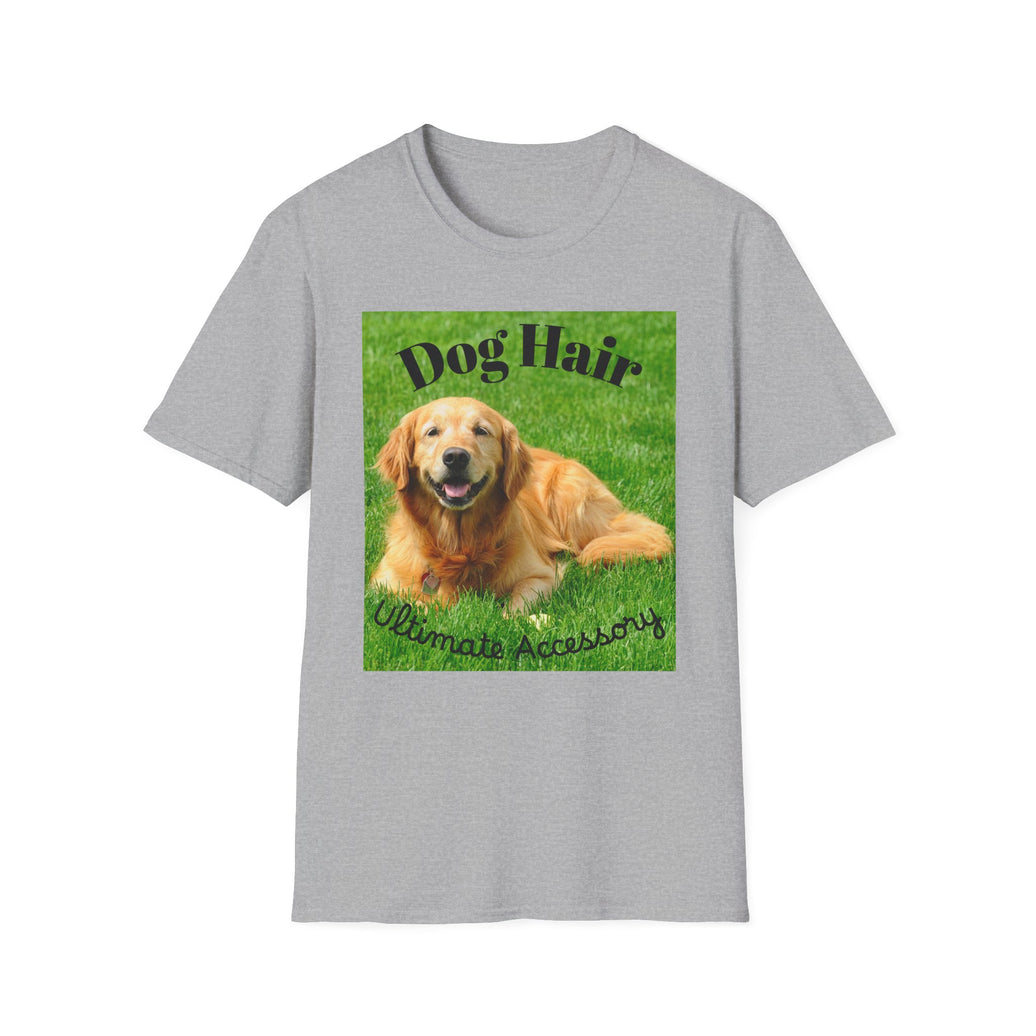
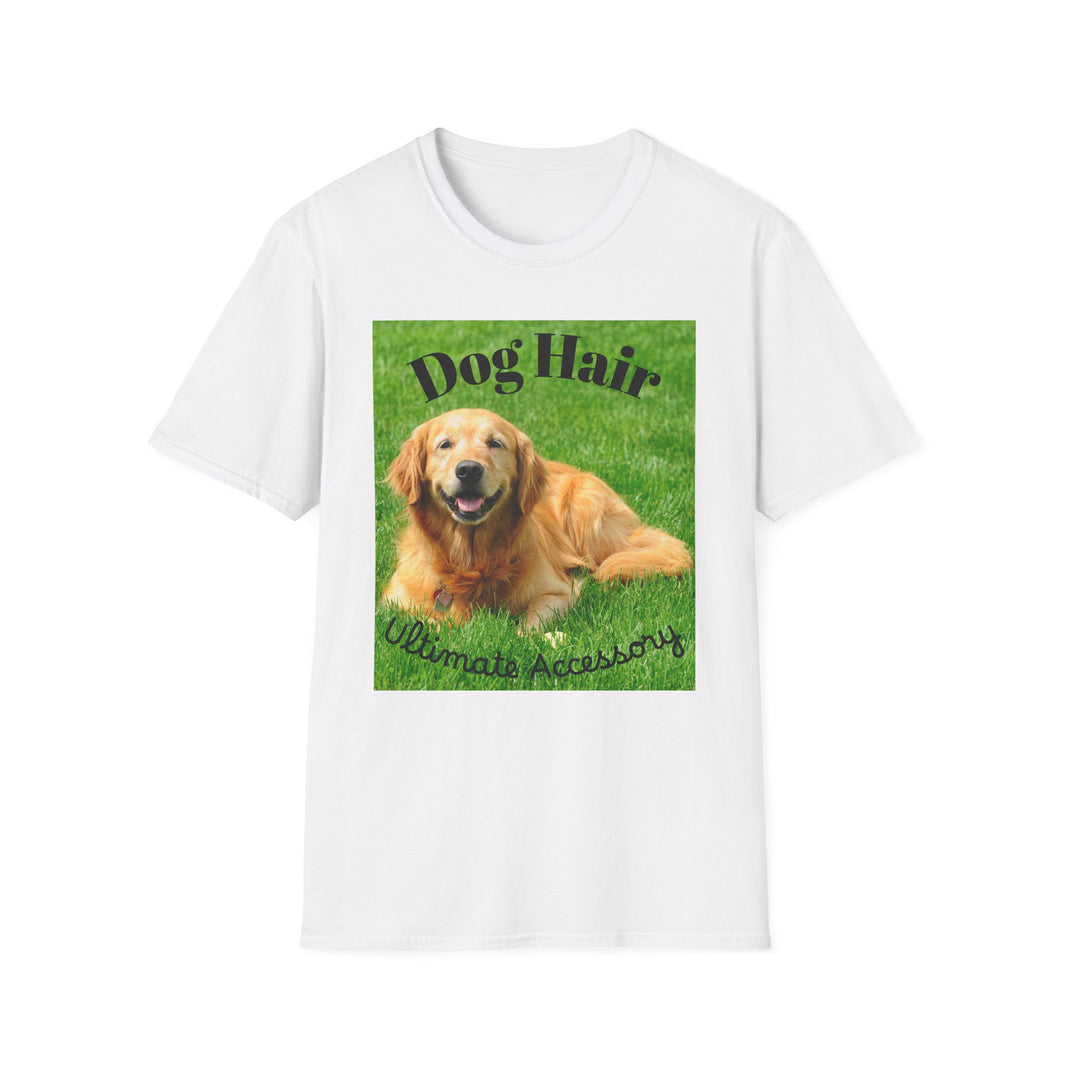
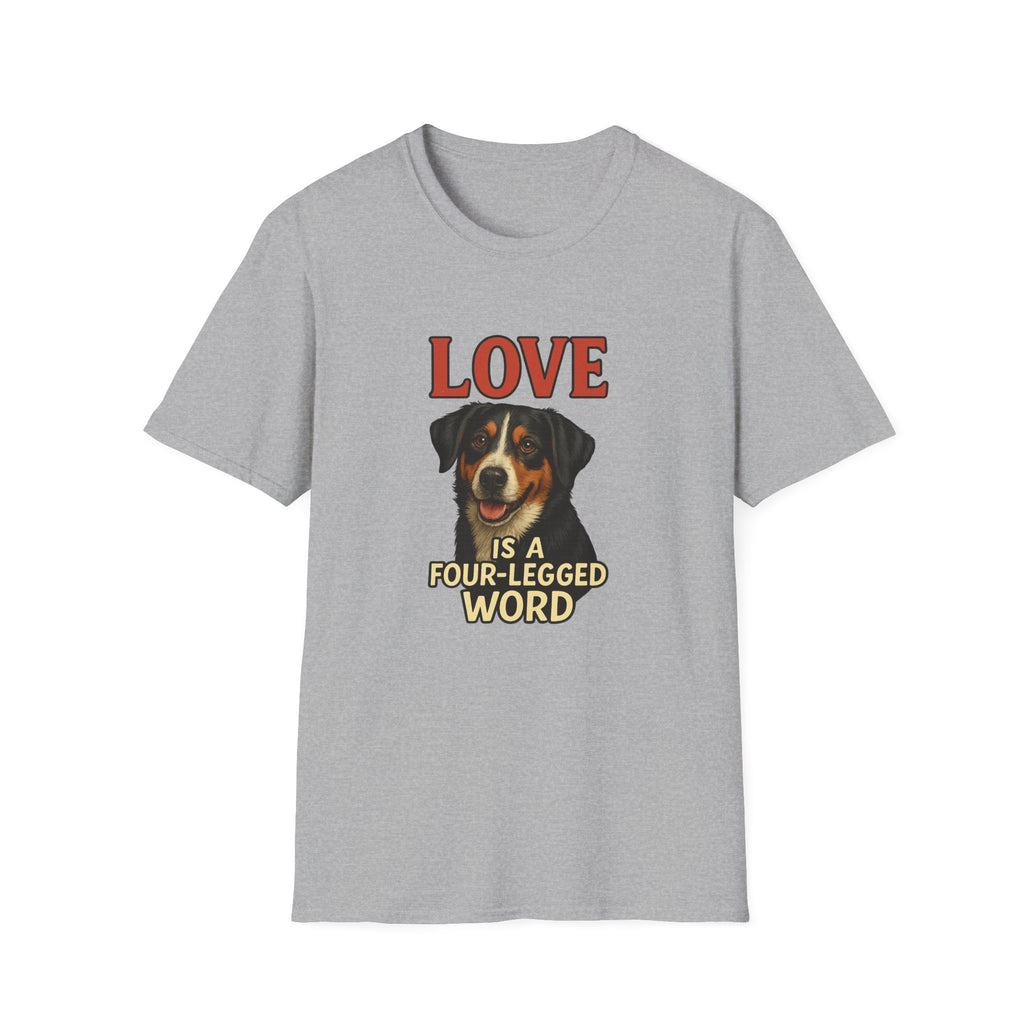
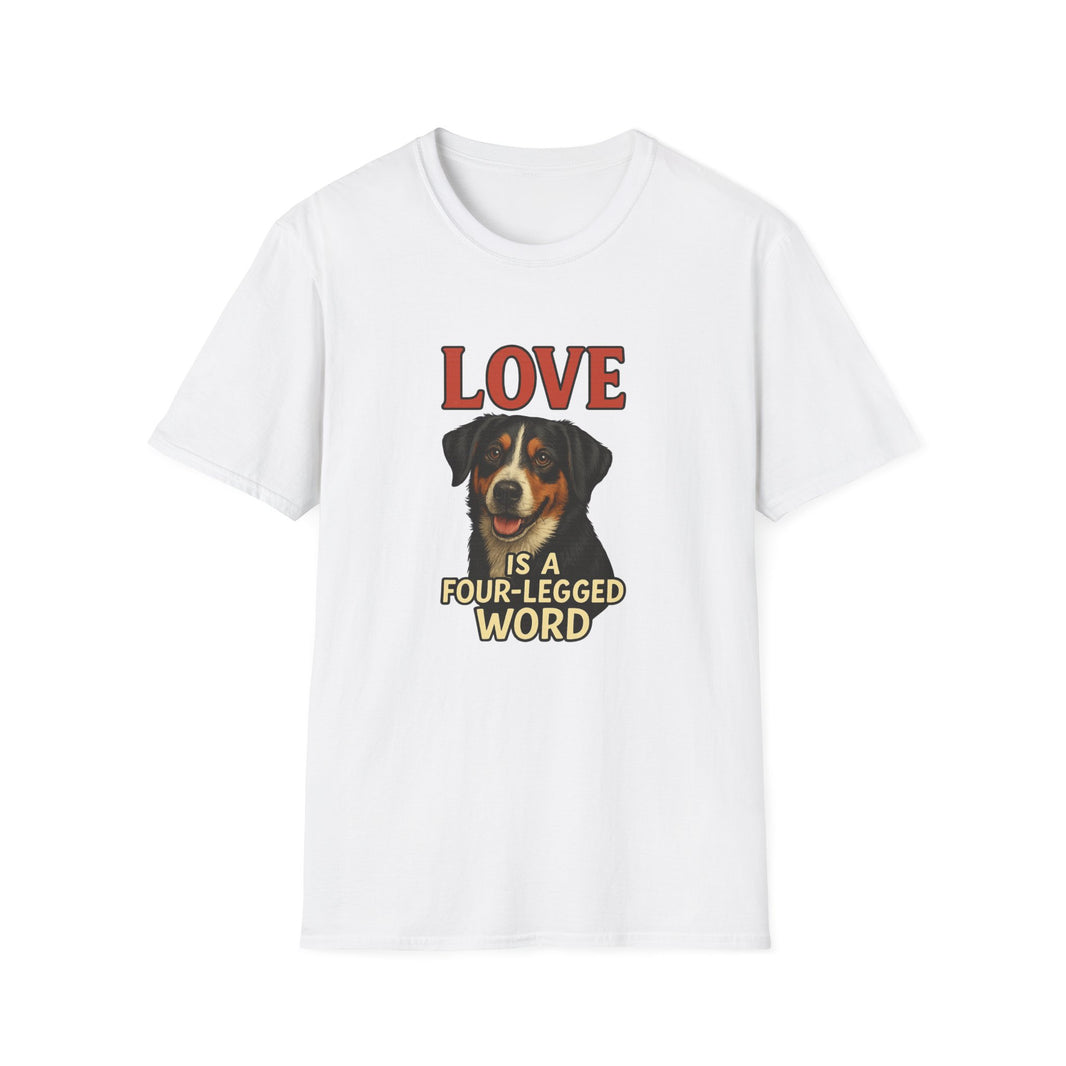
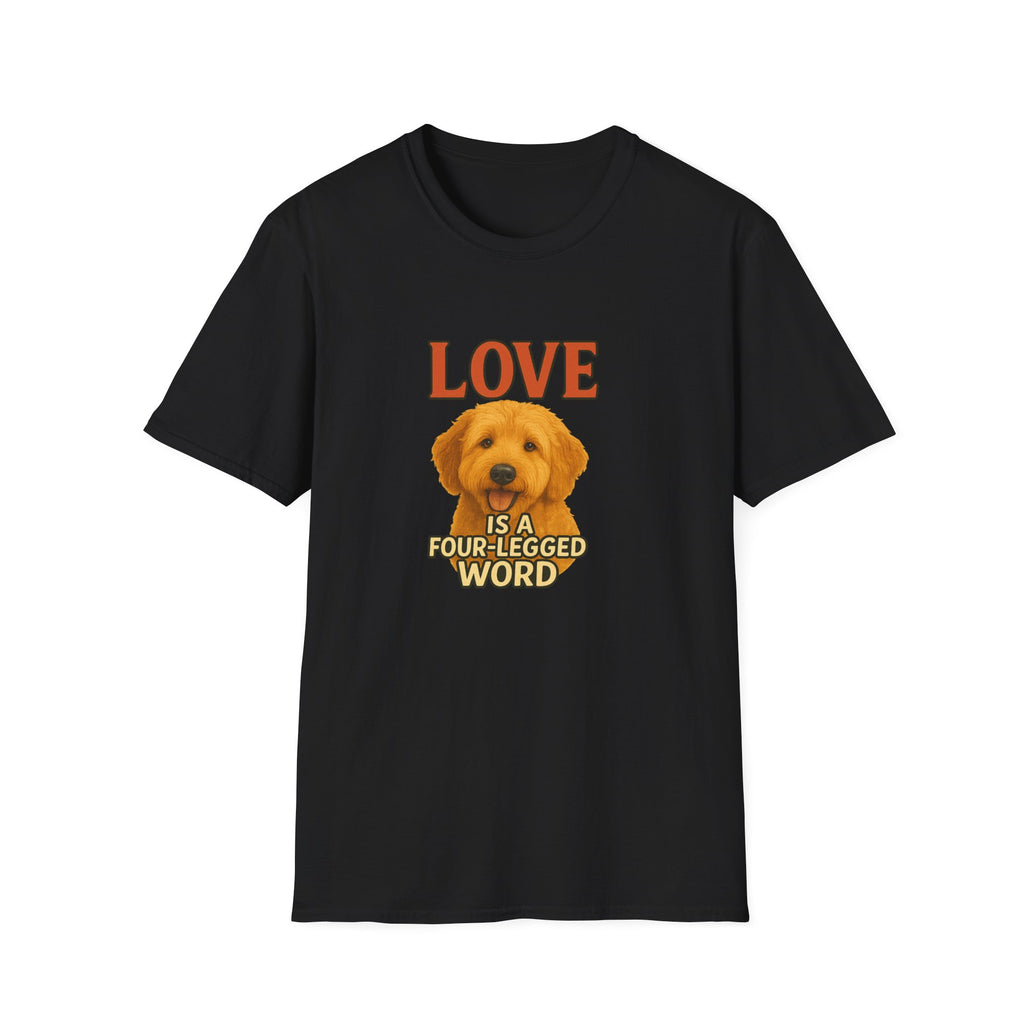
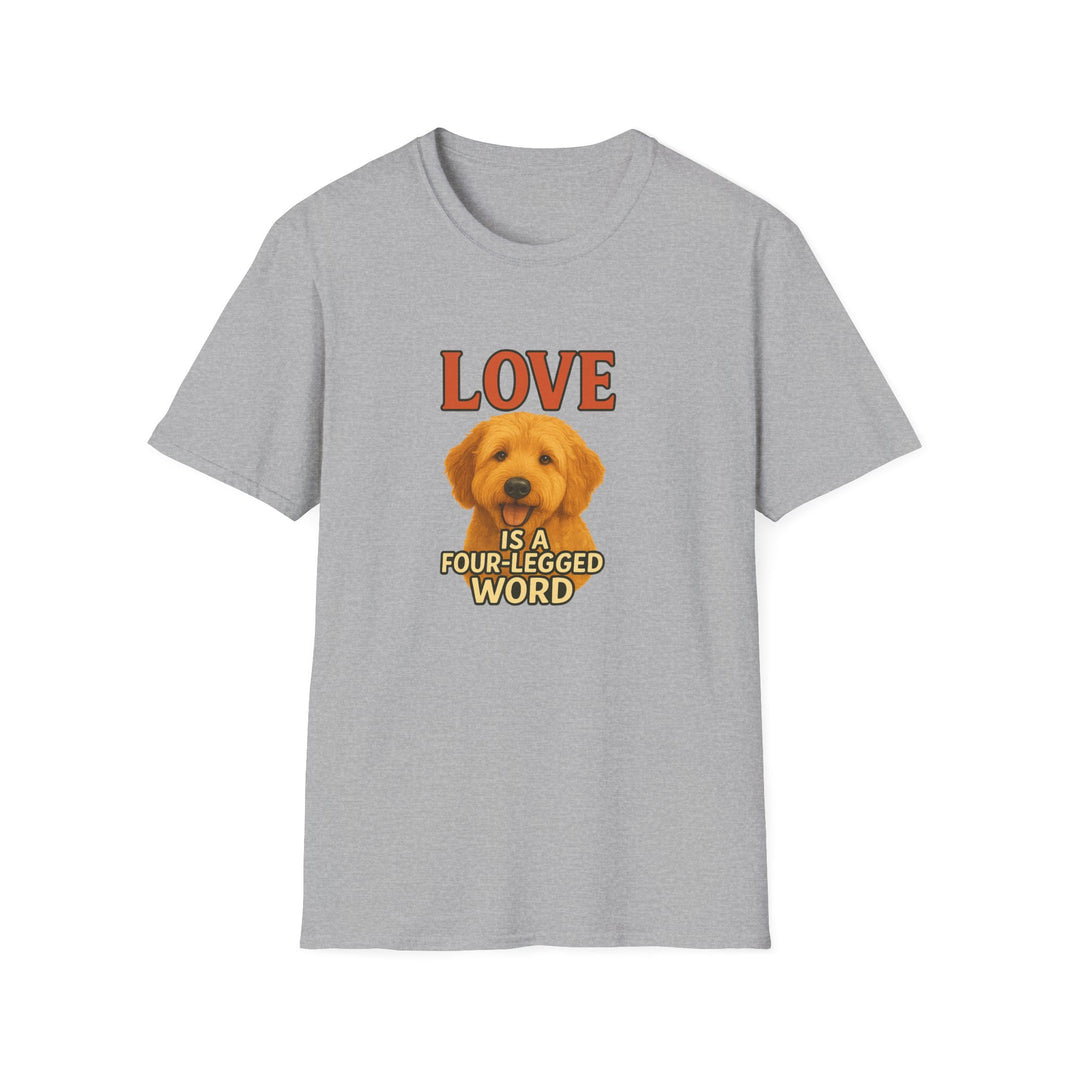






Leave a comment